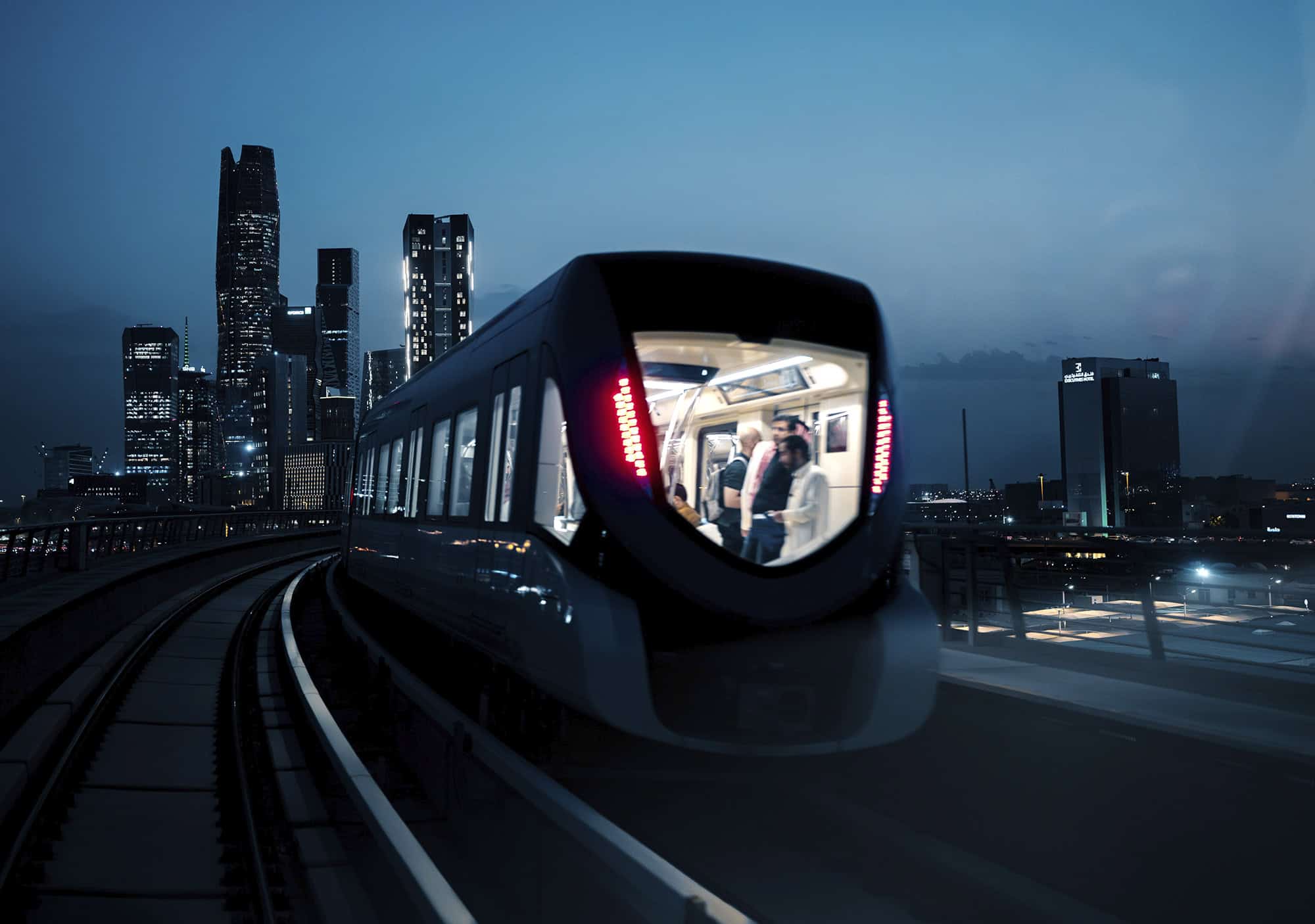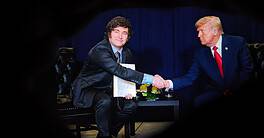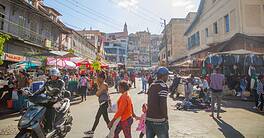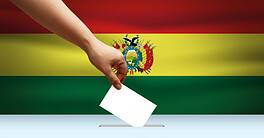In the final stretch of its Vision 2030 development blueprint, Saudi Arabia is counting on FDI to play a bigger role.
The clock is ticking for Saudi Arabia. With just five years remaining on its ambitious Vision 2030 program to modernize and diversify away from its economic dependency on oil, the world’s biggest petroleum exporter and the region’s largest economy is nearing a crossroads.
The kingdom has made significant strides, crossing key milestones that were once unimaginable: granting women the right to drive and dress freely, legalizing concerts and cinemas, and opening its doors to foreigners. Saudi Arabia, which didn’t issue tourist visas until 2019, now claims to have hosted over 100 million visitors.
Over the past decade, the kingdom’s GDP has grown by 70%, driven mainly by non-oil sectors. Foreign direct investment (FDI) has tripled, and the number of investors has increased tenfold.
Investment-Friendly Rules
To strengthen the business climate, Saudi Arabia has enacted a number of regulatory reforms, including a new investment law that came into effect in February. For the first time, foreign and local investors follow a single set of rules. While some sectors, notably the military and activities around the holy sites of Mecca and Medina, remain reserved for Saudi nationals, in others, foreigners appear to have more leeway, or at least the possibility to apply for exemptions.
The new law streamlines the licensing process, reducing ministries’ decision time from 30 days to five. It also introduces stronger intellectual property protections and simplifies funds transfers. Additionally, investors now have options for dispute settlement other than the local courts, including mediation, arbitration, and conciliation.
In a country where quick change by unilateral decree is the norm, the new framework offers investors a sense of predictability and transparency. It remains to be seen how this will play out in practice, however.
“The countries in this region are changing very quickly, and this is something that businesses must take into consideration,” says Angelica Schempp, head of Swiss Business Hub Middle East, which helps Swiss and Liechtensteiner companies expand in the region. “It creates opportunities, but for example, laws and regulations evolve rapidly. Sometimes you wake up in the morning and something has changed, so as a business, you have to be able to live with this dynamic.”
One such major change was when the authorities decided that foreign companies wishing to secure public-sector contracts must establish regional headquarters in Saudi Arabia. This policy, beginning last year and often described as a carrot-and-stick approach, aims to reinforce the kingdom as a commercial hub by shifting business away from Dubai. Initially expected to be taken up by 540 companies by 2030, the kingdom surpassed this goal within the first year.
“We have just passed the inflection point,” Khalid Al-Falih, Saudi Arabia’s minister of investment, said during the WAIPAC World Investment Conference held in Riyadh last November. “This is the most comprehensive transformation in our history and there is much more to come.”
OCO Global, an advisory firm specializing in investment promotion, has been working with Saudi Arabia since 2017 and just registered its regional headquarters in Riyadh.
“Many companies have been doing business in Saudi without being in Saudi,” says Gareth Hagan, CEO, “and I think they’re now realizing that for a bunch of reasons, that probably has to change.” While he admits the new law played a role in his decision, he also stresses the commercial logic behind it. “Our philosophy has always been to go where the opportunity is, and when I talk about Saudi, basically, I see investment opportunity everywhere.”
Not everyone is rushing through the door, however. Some companies express concerns over the cost of relocation or the desert kingdom being an unfamiliar market from which to operate.
“There’s still a perception that it’s a difficult place to do business,” Hagan acknowledges. “It is evolving, but perception is not something that changes overnight. So I think the Saudis need to keep reinforcing that message.”
Nineblocks, a crypto hedge fund licensed in Dubai, plans to maintain regional operations in the United Arab Emirates due to its more favorable cryptocurrency legislation.
“There’s a lot of misconceptions that people in crypto want to avoid regulations,” says Henri Arslanian, Nineblocks’ co-founder. “Actually, all we want is a clear set of rules that we can operate by. For everybody in the digital asset space, the big question is, When is Saudi Arabia going to open-up to crypto assets?”
A Wealth Of Opportunities
Opportunities getting a look from foreign investors span sectors from food and beverages to retail, automotive, aviation, mining and rare metals, real estate, health, technology, and renewable energy. A significant portion are being driven by megaprojects with, collectively, over $1 trillion worth of planned developments. Some projects, such as the Al-Ula tourist area, the Riyadh metro, and parts of Diriyah’s urban development, are already in use.
So far, most of these have been financed locally, largely with oil money. In recent years, however, lower hydrocarbon prices and production cuts have hurt government revenues, forcing the kingdom to prioritize spending and scale down on some projects, including the emblematic futuristic city The Line, a component of the NEOM desert development that was cut back from 170 kilometers to just 2.4.
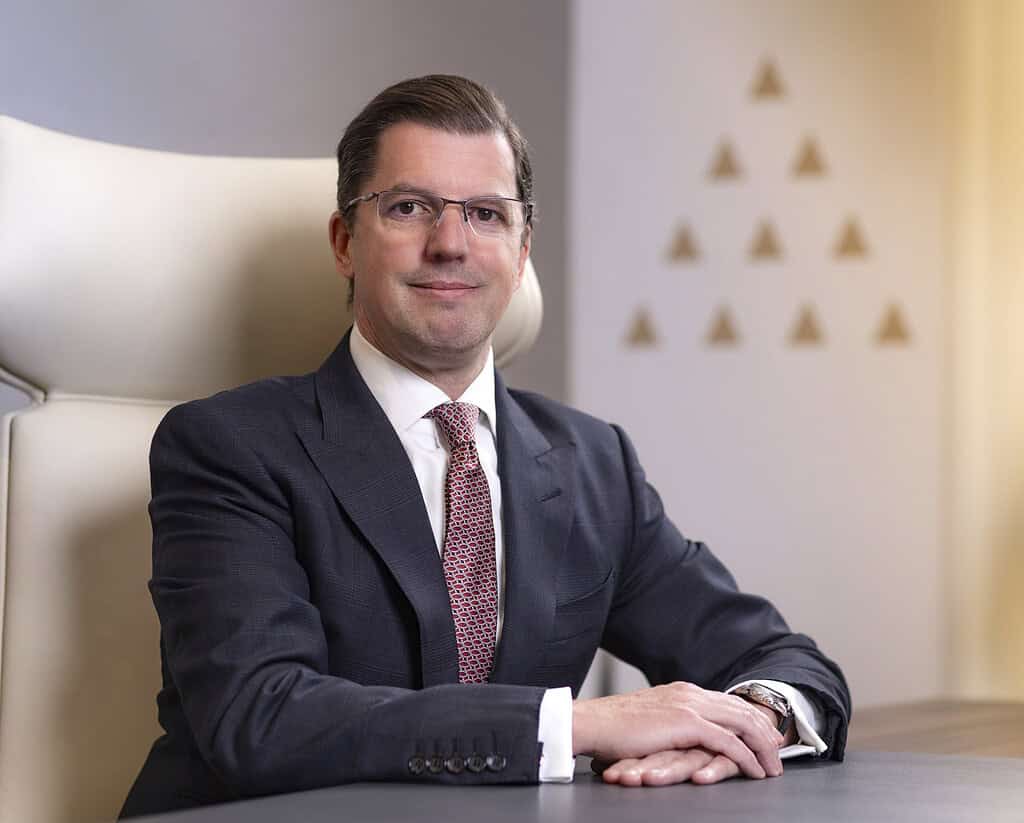
Those in charge, however, remain positive. “We’re on time and we’re on budget,” Jonathan Robinson, CIO of Diriyah, a $60 billion landmark urban development in Riyadh scheduled to open in 2030. The new city’s foundation and underground phases are complete and visible construction is expected to follow soon. The developer plans to monetize 35% to 50% of the project and is looking for investors with a potential ticket size starting at $500 million.
“The momentum is here and we will be announcing some pretty innovative news this year,” says Robinson.
To realize their ambitions, the Saudi state and developers are looking not just for capital but for long-term investors who can bring “brains, talent, and sustainability,” as Ibrahim Al-Mubarak, CEO of the Saudi Investment Promotion Agency, puts it.
“It’s not about raising a pile of capital—we have other means to do that if we have to—it’s about building long-term international partnerships,” says Robinson. “We’re talking to parties in Asia, in the GCC [Gulf Cooperation Council] region, in Europe, and in the US, and those are real conversations, not shaking hands and exchanging cards.”
US companies have long-standing relationships in the kingdom, but their European counterparts are getting into the game as well in such key sectors as energy transition, infrastructure, tourism, and tech. The first EU-Saudi investment forum, held in Riyadh in October 2023, attracted over 1,400 companies; the EU opened a chamber of commerce in Riyadh the following May.
But the kingdom is also courting the global south, countries that represent 60% of global GDP and are often less inclined to tie business decisions to concerns over human rights or political reform. “We make sure we’re having conversations with the widest possible breadth of capital providers,” says Robinson, adding that he is in talks with sovereign funds, family offices, private equity firms, and other sources. “Capital means equity and debt, and debt can mean export credit agencies, bank debt, and eventually, it will mean the capital markets.”
As Saudi Arabia endeavors to wean itself off oil revenue, its transformation is likely to reshape not only its own economy but the broader region as Kuwait, Qatar, Oman, and other states in the region adopt similar “vision” strategies. The path forward remains fraught with challenges, ranging from geopolitical tensions to the acute consequences of global warming in desert areas, but Saudi Arabia is keen to persuade investors that it offers substantial opportunities for those willing to navigate its evolving business landscape.
| Saudi Arabia’s Biggest Infrastructure Projects | ||
|---|---|---|
| Project | Sector | Estimated cost |
| NEOM | Urban development | $500 billion |
| Diriyah | Urban development / tourism | $60 billion |
| Rua al Madinah | Tourism | $37 billion |
| Jeddah economic city | Urban development | $30 billion |
| Masar Destination | Tourism | $27 billion |
| Riyadh metro | Transport | $25 billion |
| King Salman Park | Urban development | $25 billion |
| Red Sea Global | Tourism | $25 billion |
| Jeddah central | Urban development | $20 billion |
| Al Ula | Tourism | $15 billion |
| Qiddiya | Urban development | $10 billion |
| King Abdullah financial district | Urban development | $10 billion |
| Soudah Peaks | Tourism | $7.7 billion |
| The rig | Tourism | $5 billion |
| King Salman Energy Park | Renewable energy | $1.6 billion |
